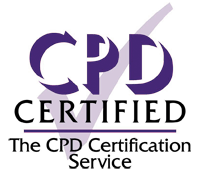1 September 2014
| Madhup K Chaurasia
The exact aetiology of nasal polyposis is not yet established although it is believed that allergic, infectious, mechanical, immunological and biochemical factors may be involved. Using the technique of polymerase chain reaction, this study assesses the role of human adenovirus,...

